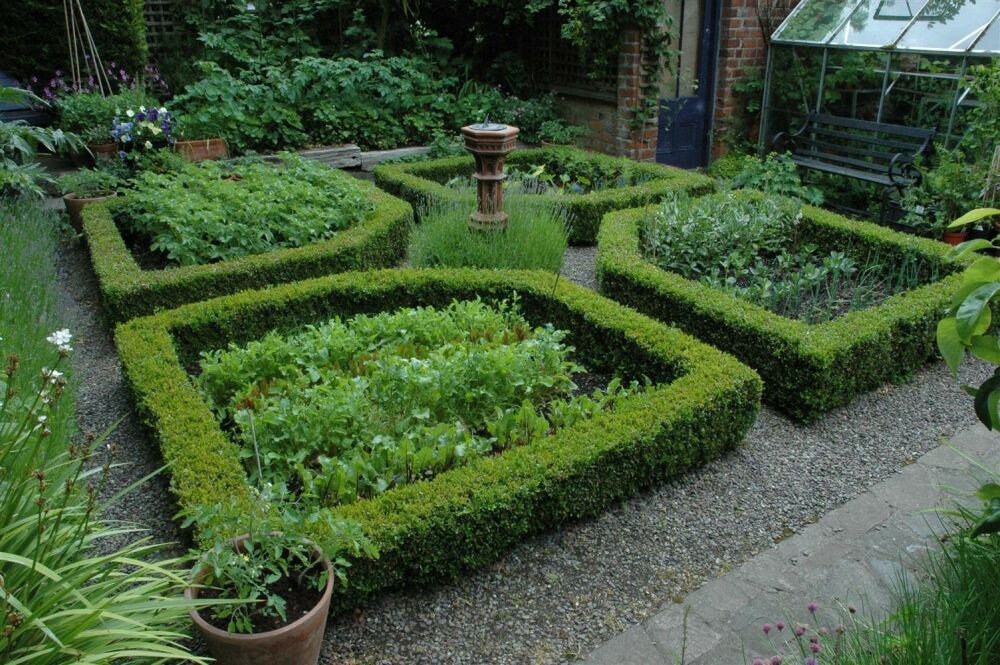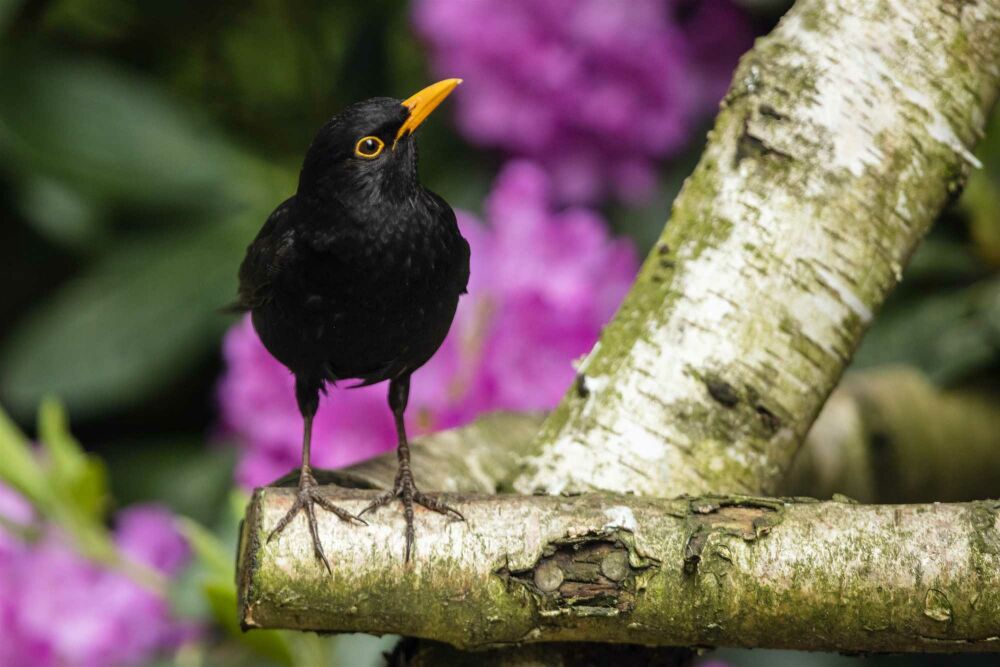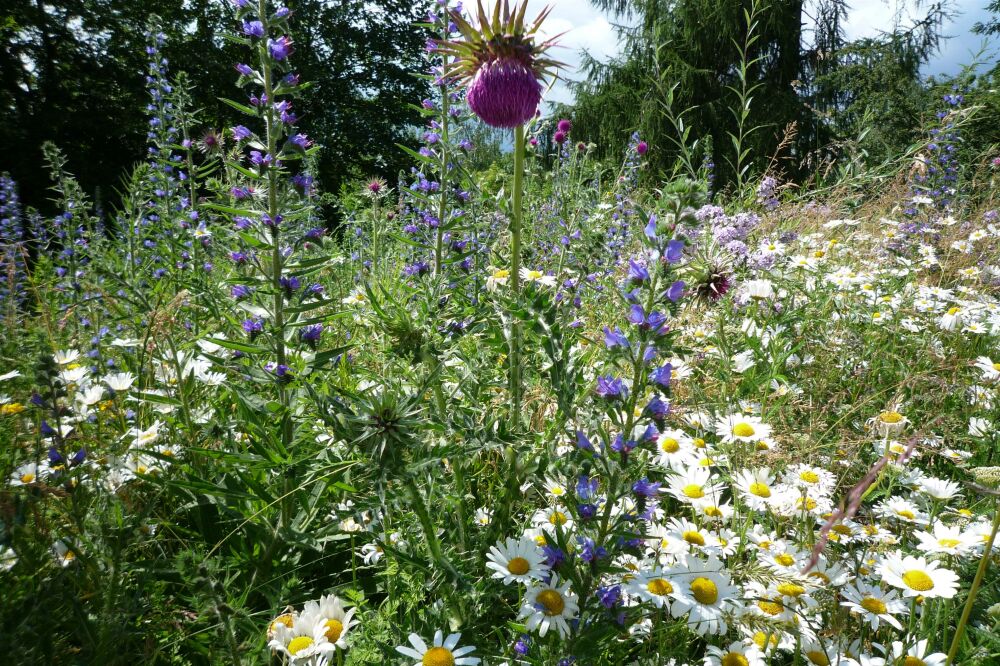Watering plants
In persistent drought conditions, most plants can use some extra water. In particular, garden plants standing in full sun on dry (sandy) soils and potted plants can dry out quickly. Timely watering will keep your plants in top condition and prevent dehydration. In this article, you can read all kinds of tips on how best to water.
Use rainwater or tap water?
Every year, we use many gallons of precious drinking water to water our gardens. Want to give the environment a helping hand and save costs on your water bill in the process? Consider purchasing a rainwater tank (water butt). You then save many gallons of precious drinking water every year and it is also better for the plants because rainwater contains hardly any lime. White lime rings on pots are also prevented. Of course, using rainwater is easier to do in small gardens (using a rainwater tank) but every drop helps, even in large gardens. In addition to the familiar rainwater tank, there are larger options such as a well or underground tank to collect rainwater, although these are a lot more expensive and it takes longer to break even. In some municipalities, subsidies are available for the purchase of this type of system because it also reduces the burden on sewers. So check with your municipality in advance to see if you qualify.
How and when to water?
There are several ways you can water the garden. In addition to the familiar watering can and garden hose, there are also complete drip and sprinkler systems on the market. Choose the method that best suits your garden. Whether you have a large or small garden, below are some tips regarding (saving on) watering:
- Check that the soil is actually dried out and not just the top layer. If only the top layer is dry, watering can be delayed.
- If you decide to water, do so liberally. It is better for a plant to be well watered once a week than to receive a little water every day. This is because the water then penetrates deeper into the soil and since the plant itself also seeks out moisture, the roots will penetrate deeper. Please note that this method of watering applies only to pre-existing planting. New planting should be watered daily during the initial period.
- Whenever possible, water plants only in the evening. This is because water evaporates much faster during the day. There is also a small chance of leaf burn (in some plants) during the day.
- To slow down the soil drying out, it can be covered with a layer of mulch, such as wood chips.
- Find the right balance between soil type and plant choice. Do not put plants that need a lot of water in soil that can dry out quickly. Conversely, if you naturally have soil that is quite moist, choose water-loving garden plants, such as Goat's Beard or Rodgersia (Rodger's Flower).
- Plants in pots often dry out faster than garden plants in the open ground. During high temperatures and lots of sunshine, these plants in pots or planters may be watered with some regularity, sometimes even daily! Monitor this per plant variety since moisture requirements can vary greatly.



